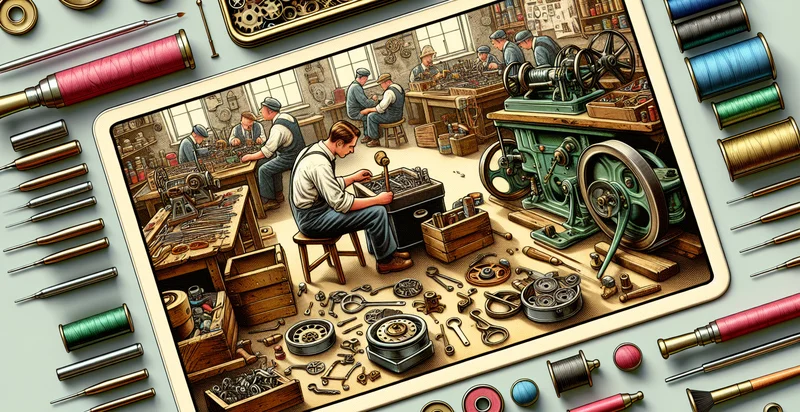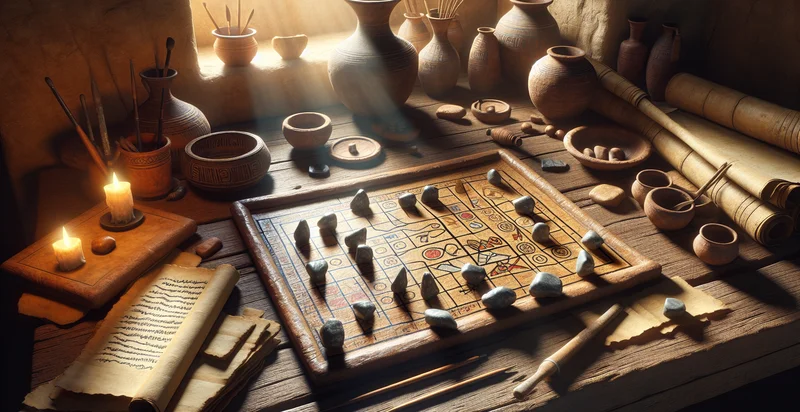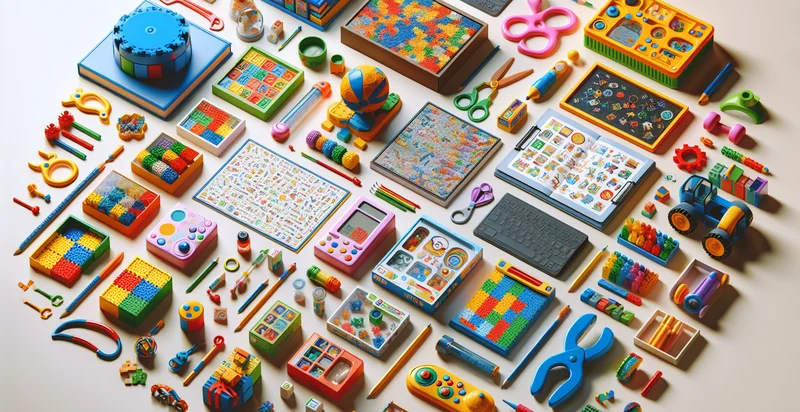Identify tin toy origin
using AI
Below is a free classifier to identify tin toy origin. Just upload your image, and our AI will predict what type of tin toy it is - in just seconds.

Contact us for API access
Or, use Nyckel to build highly-accurate custom classifiers in just minutes. No PhD required.
Get started
import nyckel
credentials = nyckel.Credentials("YOUR_CLIENT_ID", "YOUR_CLIENT_SECRET")
nyckel.invoke("tin-toy-origin", "your_image_url", credentials)
fetch('https://www.nyckel.com/v1/functions/tin-toy-origin/invoke', {
method: 'POST',
headers: {
'Authorization': 'Bearer ' + 'YOUR_BEARER_TOKEN',
'Content-Type': 'application/json',
},
body: JSON.stringify(
{"data": "your_image_url"}
)
})
.then(response => response.json())
.then(data => console.log(data));
curl -X POST \
-H "Content-Type: application/json" \
-H "Authorization: Bearer YOUR_BEARER_TOKEN" \
-d '{"data": "your_image_url"}' \
https://www.nyckel.com/v1/functions/tin-toy-origin/invoke
How this classifier works
To start, upload your image. Our AI tool will then predict what type of tin toy it is.
This pretrained image model uses a Nyckel-created dataset and has 16 labels, including American, Austrian, British, Canadian, Chinese, Dutch, French, German, Indian and Italian.
We'll also show a confidence score (the higher the number, the more confident the AI model is around what type of tin toy it is).
Whether you're just curious or building tin toy origin detection into your application, we hope our classifier proves helpful.
Related Classifiers
Need to identify tin toy origin at scale?
Get API or Zapier access to this classifier for free. It's perfect for:
- Antique Toy Appraisal: The 'tin toy origin' identifier can be utilized by antique dealers to accurately assess and appraise vintage toys. By identifying the geographical origin of tin toys, dealers can provide better estimates to collectors while ensuring authenticity in their valuations.
- E-commerce Quality Control: Online retailers can implement this function to verify the authenticity of tin toys listed on their platforms. By pinpointing the origin, they can prevent the sale of counterfeit products, enhancing customer trust and satisfaction.
- Collector Insights: Toy collectors can use the classification function to gain detailed insights into their collections. Knowing the origin of each tin toy helps collectors understand historical context, value trends, and rarity, ultimately informing their purchasing decisions.
- Market Research: Researchers and businesses can leverage the function to analyze market trends in the vintage toy industry. By understanding the origins of these toys, they can identify popular regions and manufacturers, helping to shape future product development and marketing strategies.
- Restoration Services: Restoration professionals can benefit from the 'tin toy origin' identifier by determining the correct restoration techniques and materials based on the origin of the toy. This ensures that the restoration process maintains historical accuracy and enhances the toy's value.
- Educational Resources: Museums and educational institutions can utilize this function to create informative exhibits on toy history and manufacturing processes. By showcasing the origins of various tin toys, they can enhance their educational programs on cultural heritage and product design evolution.
- Fraud Prevention: Insurance companies can use the identifier to investigate claims involving vintage tin toys. By accurately determining the origin, they can identify cases of fraud or misrepresentation, ensuring fair assessments and preventing financial losses.


